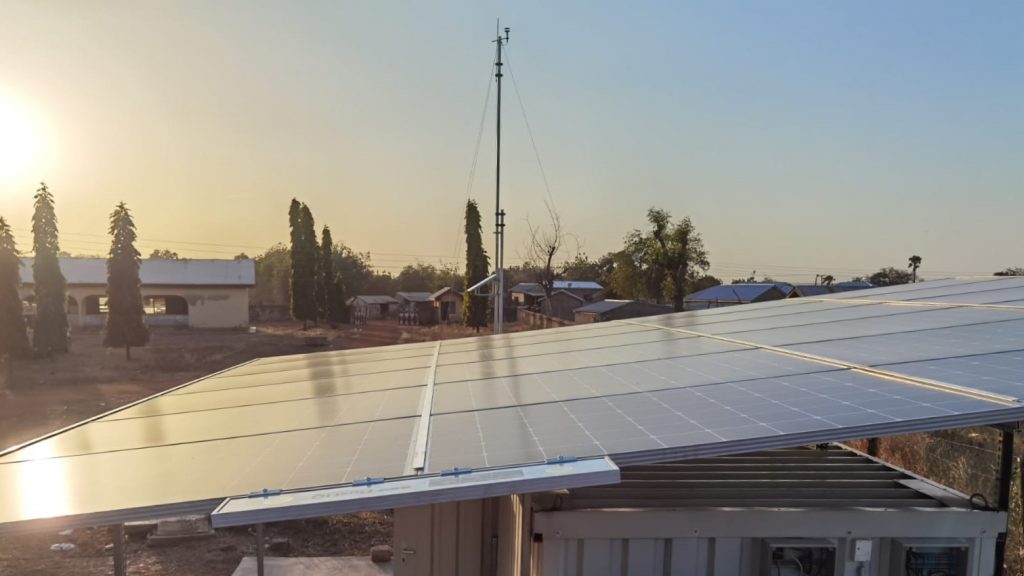
Interview with Rone Yousif from University of Applied Sciences Bonn-Rhein-Sieg. He is supervising the measurement concept at the three pilot sites of the EnerSHelF project in Ghana.
You recently joined the EnerSHelF project under work package 3.0. Can you tell a bit about your professional background and your experience in working with renewable energy?
I am very pleased that the University of Applied Sciences Bonn-Rhein-Sieg (H-BRS) gave me the opportunity to actively contribute to the project. In 2013 I decided to study mechanical engineering as I am very technically oriented. As part of my master’s degree, I focused on solar power and I have dealt with issues of energy meteorology. My master’s thesis investigated the influence of aerosols and clouds on photovoltaics (PV). It was fascinating to see how dust outbreaks in Ghana affect the PV performance but also to face the challenges that occur in the energy sector.
What are your tasks within the project?
As you mentioned earlier, I am active in work package 3.0. Here, I coordinate and supervise the measurement concept at the three pilot sites. I try to put the interests of the other sub-work packages into practice to provide them with a solid foundation for their simulations and evaluations. In addition to recording the physical quantities, I am also working on making the measurement data available.
What specific data are you measuring within the work package?
The measurements cover three areas. On the one hand, the University of Augsburg has set up three Automatic Weather Stations that provide meteorological data on temperature, solar radiation, wind, precipitation, and humidity. In addition, H-BRS operates energy meteorological devices in Kologo and Akwatia to record tilted solar radiation, module temperature, soiling ratio of the panels, and video recording of the sky. Finally, various electrical load measurements are carried out by the Cologne Institute for Renewable Energy (CIRE) – one of the project partners – and H-BRS, with which the grid can be analysed.
How do you interact and cooperate with local partners in Ghana?
It is highly pleasing to work in close cooperation with our reliable partners. Due to the COVID-19 pandemic, we are dependent on local forces and partners with the ability to travel to and within Ghana. For upcoming activities, a lot of preparatory work and planning is required. Fortunately, much can be communicated via presentations or video tutorials. Any questions that arise are then clarified spontaneously in a telephone call. So far, this form of communication proved to be working and we are confident about the project’s next steps.
What have been achieved so far in your work package?
Thanks to the fruitful cooperation of many partners and colleagues, the measuring equipment – as can be seen in the pictures below – is largely in place and data is being produced.
What are the challenges you are facing regarding managing the data?
Since the work is only done remotely, new challenges arise every day. Often, a problem cannot be approached in the same way as it would be with equipment located here on site. Especially failures in communication between devices, computer, or router are challenging. But with the help of our local Ghanaian partners, we can master them too.

Rone Yousif holds a Master of Engineering with a focus in mechatronics. He graduated from University of Applied Sciences Bonn-Rhein-Sieg (H-BRS) and conducted his master’s thesis at the International Center of Sustainable Development focusing on the impact of aerosols and clouds on solar energy. Rone Yousif has both an experimental and a theoretical background, including field measurement campaigns and model development in the field of energy meteorology and solar energy. Besides his activities in the EnerSHelF project, Rone is responsible for the supervision of the weather station and energy-meteorological measurement station at H-BRS.



